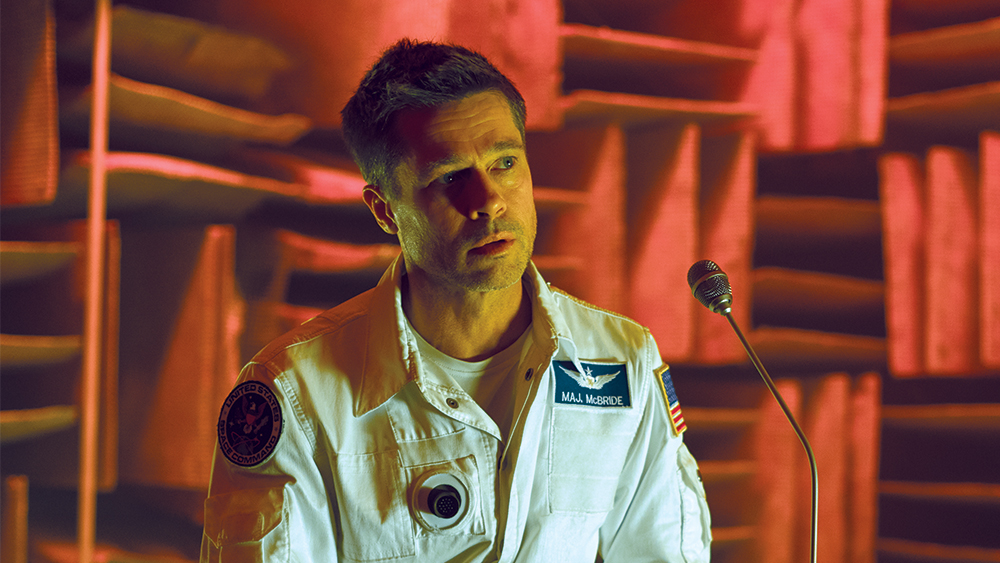Sound Mixing and Sound Editing Work Together to Create Sonic Depth
By Jazz Tangcay
LOS ANGELES (Variety.com) – Sound mixing and sound editing are still the office Oscar pool ballot busters. Even the Academy is considering combining the categories. But they are different disciplines, and this year’s crop of nominees illustrates the wide range of skills needed to make a movie sound good.
Last year’s sound editing winners were John Warhurst and Nina Hartstone for “Bohemian Rhapsody,” and the film took the trophy for Paul Massey, Tim Cavagin and John Casali. That film was a front-runner given the demands of the music in the complex soundtrack.
In the sound mixing Oscar category, the “Ad Astra” team of Gary Rydstrom, Tom Johnson and Mark Ulano had to deal with rockets, high-tech machinery and the vacuum of space, while the “1917” crew of Mark Taylor and Stuart Wilson brought the sounds of WWI trench warfare to the screen. “Joker’s” Tom Ozanich, Dean Zupancic and Tod Maitland delivered a rotting city, rotting apartments and a rotting mind. “Once Upon a Time in Hollywood’s” Michael Minkler, Christian P. Minkler and Mark Ulano re-created 1969 Hollywood, while Dan DeLeeuw, Russell Earl, Matt Aitken and Dan Sudick had to re-create this world, as well as other galaxies in “Avengers: Endgame.” “Ford v Ferrari’s” Paul Massey, David Giammarco and Steven A. Morrow dealt with more down-to-earth events: high-end car racing and the sounds of engines from more than 50 years ago.
The sound was a delicate thing to balance in “Ford v Ferrari,” especially on the Le Mans racetrack. Morrow had to capture the dialogue and combine music with the thrust and power of the Ford GT40.
The final 25 minutes of the film are dedicated to the race but, as Morrow says, “If you’re going to put the audience through a 25-minute race, the audience will be worn out if you blast them with sound.”
The key to it was showing the emotion, which was done through Phedon Papamichael’s cinematography. Papamichael placed the camera on the cars, capturing the drivers’ emotions.
“What we didn’t want to do was to overwhelm the audience with loudness,” Morrow says.
The Oscar-nommed sound editors gather the sounds — and again, these nominees range from work on everyday life events to outer space adventures: “Ford v Ferrari” (Donald Sylvester), “Joker” (Alan Robert Murray), “1917” (Oliver Tarney and Rachael Tate), “” (Wylie Stateman) and “Star Wars: The Rise of Skywalker” (Matthew Wood and David Acord).
Sound editors make audio choices; sometimes they tap into a library of sounds, sometimes they make their own recordings and sometimes they fabricate sounds that are completely new.
Stateman gathered audio for radio station KHJ that’s used for Quentin Tarantino in “Once Upon a Time in Hollywood” and determined where and when to integrate music and radio announcements.
Oscar voters will weigh in on sound editing and sound mixing in final balloting, but even industry veterans can get confused at the difference. Here’s one way of remembering: E comes before M in the alphabet, so sound editing usually occurs before mixing. But they’re not separate entities; neither can live without the other.
Still confused? Just Google it — there’s a lot of information online that will help in the Oscar office pool.
Every year, the question arises: Do we really need two Academy Award categories for sound. The obvious answer: Actually, we need about seven categories. But we’ll settle for these two.
Tim Gray contributed to this report.

